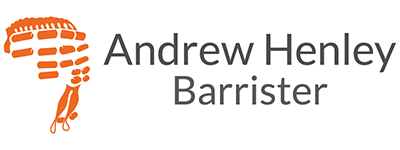What are the rules for taking a blood sample from a badly injured suspected driver who has been taken to the hospital following a road accident?
The circumstances when a suspected driver is taken to hospital are generally when a road accident has occurred and the driver has been taken by ambulance to the hospital for urgent medical treatment. The police will have been alerted and attended the scene of the accident. As part of the investigation, the police will visit the hospital to interview the driver or to take a blood sample, if it is believed alcohol has been consumed. But what safeguards exist to protect the injured driver?
There is a public policy to enable the police to investigate offences, even more so when there has been serious injury to another or even a fatality. The driver may have been seriously injured and unable to protect their rights or they will be powerless to resist a blood sample being taken due to their condition. How does the law deal with this conflict?
This situation was brought into stark relief recently in Utah, USA, when a nurse refused to take a blood sample from an unconscious patient and was arrested by a police detective! No charges were filed and the officer is now under investigation for assaulting the nurse!
In this jurisdiction, the legislation is section 9 of the Road Traffic Act 1988. The Act states that the drink/driving procedures cannot be engaged unless the medical practitioner in immediate charge of the case has been notified of the proposal to take the specimen and objection can be made. The grounds upon which an objection may be made are that it would be prejudicial to the proper care and treatment of the patient. Therefore, according to the legislation, the doctor in charge is the gatekeeper and will determine whether or not the drink/drive procedure may have a harmful effect on the patient.
The definition of a hospital is defined in section 11 (2), as an institution which provides medical or surgical treatment. This covers both private and NHS hospitals. An ambulance on the way to the hospital was held not to be ‘at’ the hospital. Once the ambulance reaches the hospital grounds, it is deemed to be ‘at’ the hospital.
The purpose of the law is to protect a patient and avoid a conflict between doctors and the police, and hopefully avoid the unseemly incident in Utah, which was caught on camera and spread across the Internet!
